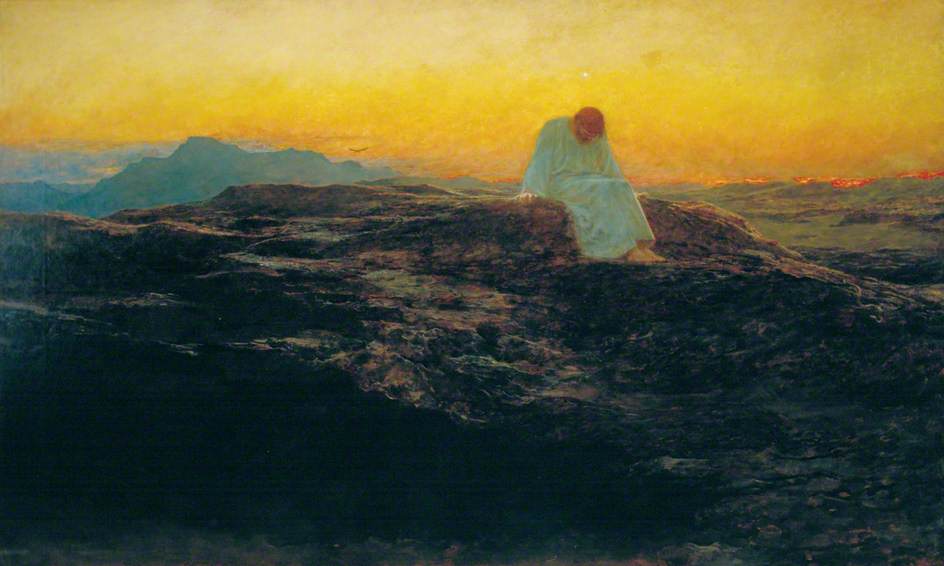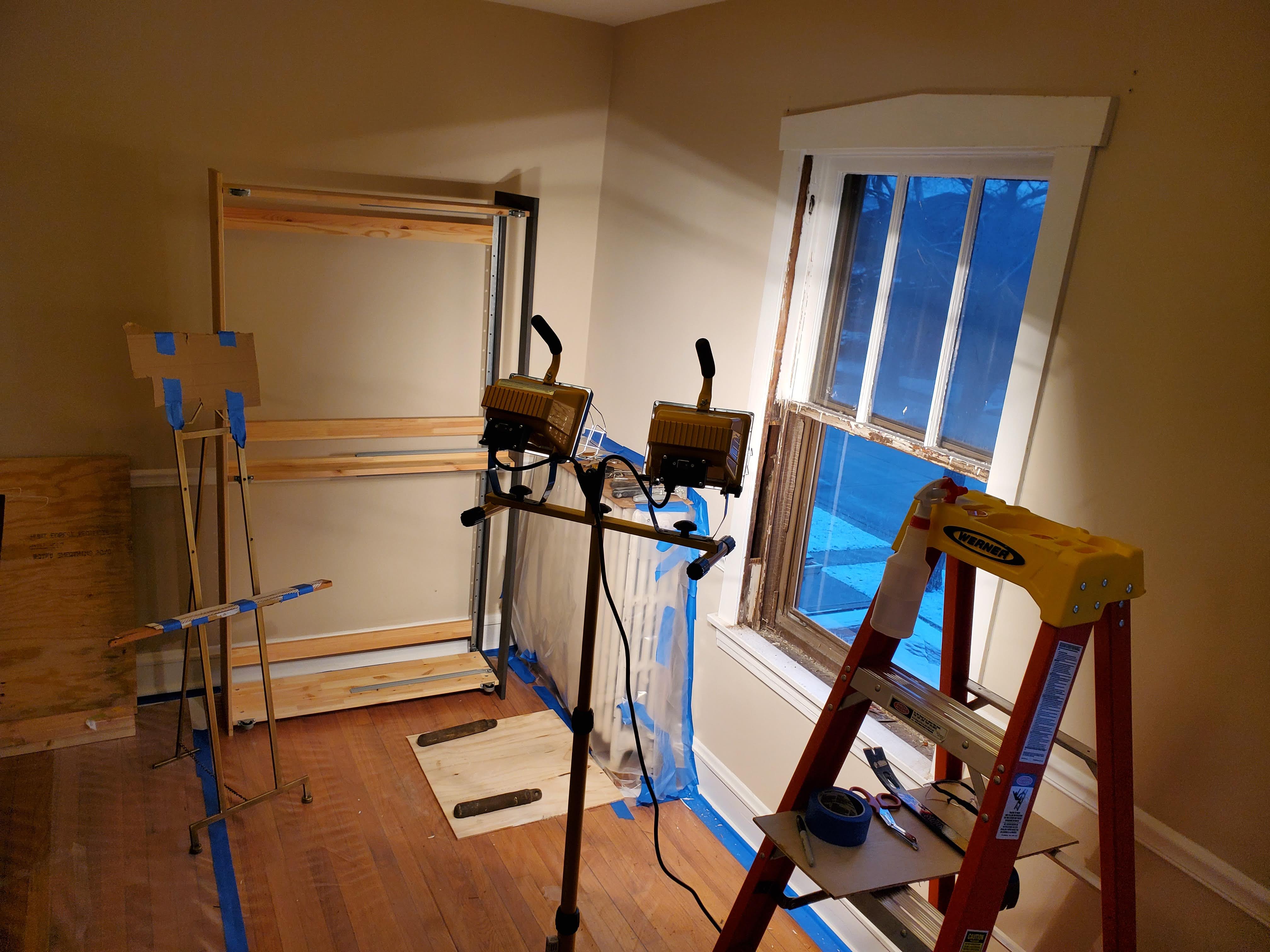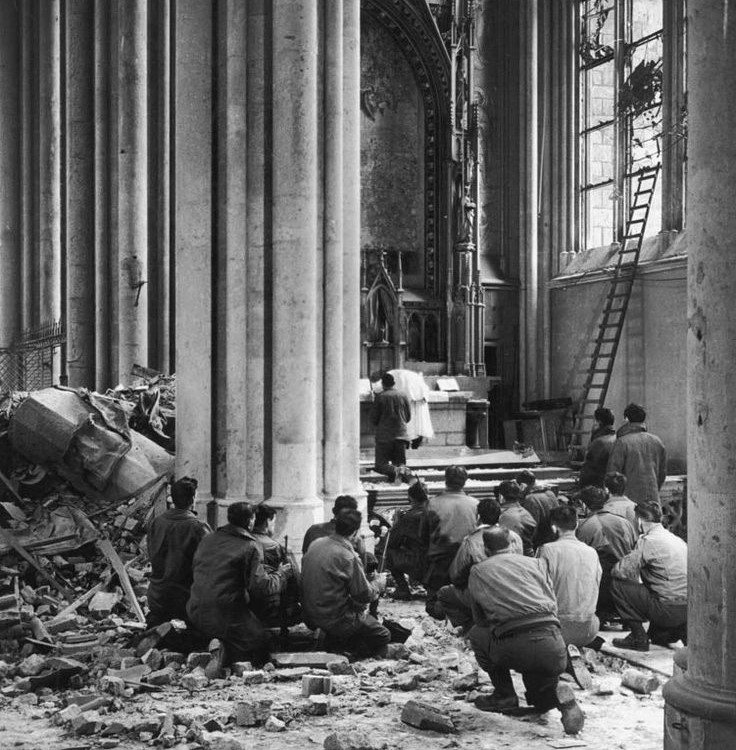feature
Saving America's Broken Prairie
Undark • April 2017Out near where the continent divides, up on a ridge carved by ice over millennia, among blazing star, blue aster, purple prairie clover, harebell, and smooth brome — grasses all yet untouched by the plow — Neil Shook balls up some purple pasqueflower, shoves it into his nostril, and snorts.
He loves to do this.
“Mash it up really good,” Shook says as he hands me a piece of flower. “Really good.” And I, too, shove pasqueflower up my nose and snort.
Neil Shook is the manager at Chase Lake National Wildlife Refuge, a 4,385-acre expanse of federally protected grasslands and wetlands in east-central North Dakota. Shook calls it “heaven.”
“Did you get it?” Shook asks. I do. It’s a burn that is supposed to be just the thing for clearing a stuffy sinus, and while I’m not yet a convert, I get Shook’s larger point, too: This plain land is home to strange and wild life.
Shook is the manager at Chase Lake National Wildlife Refuge, a 4,385-acre expanse of federally protected grasslands and wetlands in east-central North Dakota. Each year, tens of thousands of pelicans, cormorants, gulls, herons, and others come here to nest, and I’ve come to learn more about a place Shook calls “heaven.”
On this stretch of grass, he bounces from plant species to grass species with a boyish exuberance that defies his years of work toward conserving America’s grassy core — a battle that has been, by almost every measure, a losing one.
This is as good an entry point as any into the complex, highly altered and highly threatened ecosystem that stretches some 1.4 million square miles down central Canada and through the U.S. heartland down to Mexico. Shove pasqueflower up your nose. Touch the grass as it waves in the wind. Hear the insects’ blanket drone. There is no etymological connection between “prairie” and “prayer,” but at times it seems there ought to be.









